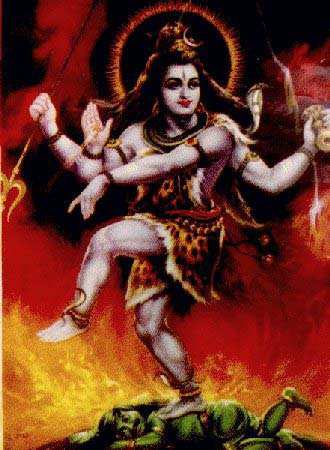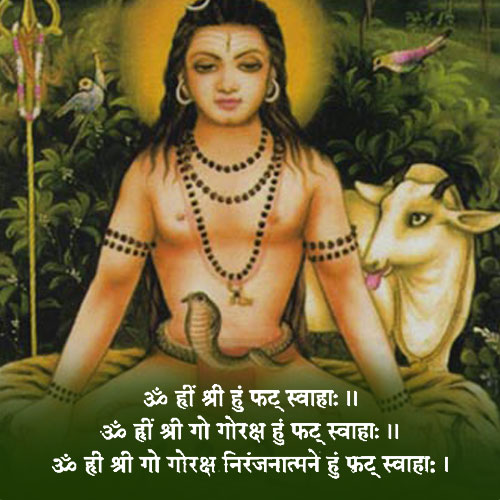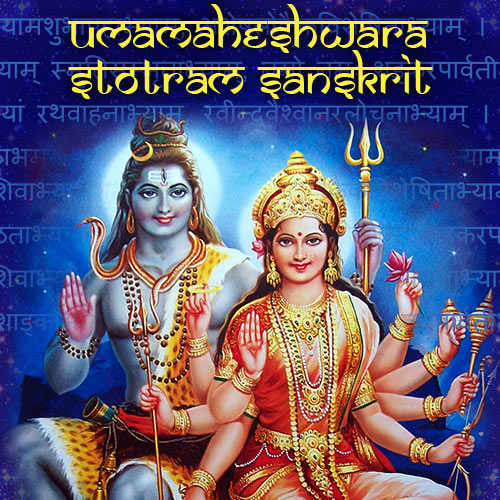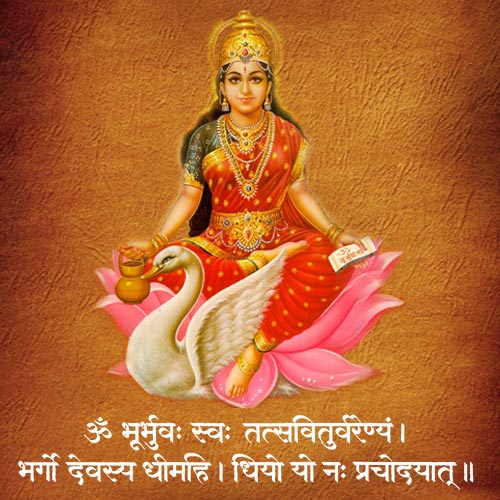
Each of the Veda Shakhas (branches) has three portions called Samhita (which is the main text of the vedas), Brahmana (the portion dealing with rituals) and the Aranyaka (dealing with the inner meaning contained in the Samhita and the Brahmanas.) Upanishads are placed at the end of the Aranyakas and deal with the realization of the Supreme through the path of knowledge (jnana marga). In this context, the Upanishads, Brahma Sutras (aphorisms which contain all that is propounded by the Upanishads), and the Bhagavad Gita are given a special name, prasthanatrayee - the texts of tatvajnana or metaphysics.
Glory of Sri Rudram
The Taittiriya Samhita of the Yajur Veda has seven sections (skandas) and Sri Rudram is treasured in the 4th section. It is also known as 'Sata Rudriyam' as it is seen in the 101 branch and also as 'Rudropanishat'. It is revered as the crown jewel and the essence of Yajur Veda! As pouring of water at the root of a tree nourishes all the branches, by pleasing Sri Rudra, through Rudra Japa, all demigods are pleased. One attains bhukti and mukti, enjoyment of life as well as freedom from the ills of the world by chanting of Sri Rudram with devotion.
vrikshasya mulasekena Sakha: pushyanti vai yathA I Sive rudrajapat preete prita evasya devata:
ato rudra-japadeva bhukti-mukti pradidhyata:
Suta Samhita propounds that there is no japa equal to Sri Rudra japa either in the Vedas or in the smriti (anena sadriSam yap yam nastf sat/am srutau smritau I)
Taittiriya Upanishad declares: tannama ityupasIta I namyantesmai kama: I If one adores Iswara through repeated namaskA rams (surrender), all the desires will be fulfilled and will be at one's feet!
Further, the scriptures say
RudradhyayI vasedyatra grame va nagare api va, vyadhi durbhiksha coraddibada tatra na jayate
It means in a town or village, where even one practitioner of Sri Rudram lives, no misfortune, illness or any such bad elements will dare to go near, and there will only be prosperity, harmony and peace!!
Sri Rudram hails the presence of the Lord in fire, in water, in all trees and plants and in the entire universe:
yo rudro agnau ya apsu ya oshadheeshu yo rudro visva bhuvana vivesa tasmai rudraya namo astu
He is in the old and the young; in those who are awake and who are asleep; in those who run and who stand; in the high and in the low; in the carpenter, the potter, and the blacksmith, the hunter, in the saint and in the thief! In essence, SrI Rudram leads us to the realization that Iswara abides in all forms of Sivah: (Isvaro jivakalaya pravishTo bhagavaniti).
It also teaches the highest of spiritual teachings that, all the distinctions of high, low, thief, good, etc. are at the lower or vyavahArika level; when one rises to the higher level - anyatra dharmat anyatra adharmat- one transcends the narrow vyAvahArika bounds of virtue and vice ! Sri Rudram contains eleven cantos (anuvAkas) and the eighth canto contains the most auspcious mantra, the shiva panchakshari (the five lettered mantra - nama: Sivaya Scriptures say that,
vidyasu Srutirutkrishta rudraikadaSini Srutau
tatra pancaksharI tasyam Siva ityakshara dvayam
Meaning, among all sources of knowledge (vidyas), the Vedas are supreme; in the Vedas, SrI Rudram is supreme; in the Rudram, the PanchAkshari mantra is supreme and in that mantra, the two syllables, Shiva, is supreme!
Content of Sri Rudram:
Jivas accumulate demerits in the conduct of samsara through the non-compliance of one's own dharma as ordained in the scriptures; they do not follow what is ordained in the scriptures (by the Lord) and also indulge in those which are not supposed to be followed! Scriptures prescribe the surrender to the Lord through the recitation of SrI Rudram as the greatest means of overcoming those demerits. By reciting Sri Rudram with complete devotion, the Lord is pleased and is ready to grant the desires of the devotee. Again, Vedas, as the most compassionate mother, teach the devotee as to what to ask of the Lord in Chamakam (11 cantos). It is believed that any one reciting the Namakam (Rudram), Camkam, and Purusha Suktam, is honored in the Brahma Loka!
Camakam namakam caiva paurusha-sUktam tathaiva ca
nityam trayam prayunjAno brahmaloke mahlyate
Sri Rudram is known also as namakam because of the abounding namaskarams (namah:) contained in it; Camakam is so called on account of the recurrence of the words 'ca me' meaning 'Lord, grant me this and this'
The first canto of Sri Rudram seeks the grace of Rudra who is angered by those who ignored His injunctions (dharma); in the second through the ninth canto, the devotee bows unto Him as Sarveshwara, Sarvatma and SarvantalyAmi; the three hundred glorious names of the Lord, rudra trisati, is derived from these 8 cantos; in the 10th canto, He is prayed for specific favours and in the 11th canto, the devotee prays to the Rudra Ganas which are His manifestations.
Camakam is placed in the 4th skanda, 7th prapathaka of the Yajur Veda. It lists 347 items that are requested from the Lord, from food (vajasca me) and other material requirements, to the highest of spiritual goals!








Comments 0
Leave your thought here